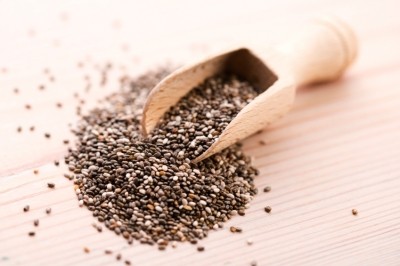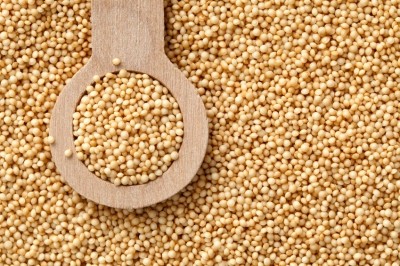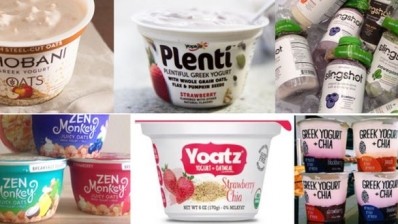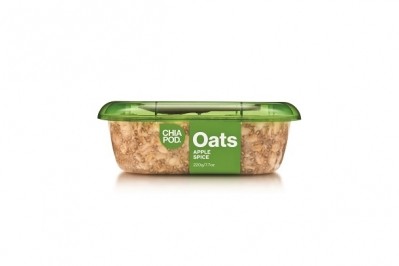Heartland Chia creates new opportunity for farmers, manufacturers with first-ever U.S. grown chia
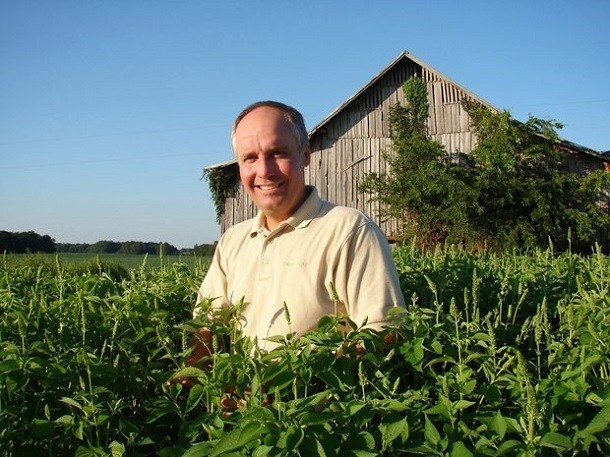
Chris Kummer, a life-long farmer and president of Heartland Chia, explained that until now, all chia was imported from countries near the equator, where the days are long enough that chia, which flowers notoriously late in the growing season, can mature before the first frost sets in and kills the plants.
Recognizing the significant opportunity posed for U.S. farmers by a crop that offers higher profit margins currently than most other crops grown in the Midwestern U.S., Kummer said he volunteered to help research the viability of growing in the U.S. an early flowering chia seed that a friend and professor at the University of Kentucky bred without using genetic modification.
Kummer described the professor as both “brilliant” and “really lucky” for breeding and patenting a chia seed that consistently flowers early enough that it can grow in a region with substantially shorter days than near the equator, where the plant grows rampantly.
Actually growing the crop has taken more than the luck, though. Kummer said in 2011, the first year he planted 17 acres of the seed, he “didn’t know what we were doing … and almost killed it all.” But, he added, “We learned a lot” about the fertility, soil spacing and when was best to sow the seeds.
Big dreams
Kummer said he is still “just in the very beginning stages of making this work,” but he is ready to start scaling up his operations with the goal that in five years he will be working with multiple farmers and will have his own processing facility for the chia seeds.
He currently works with one other farmer to grow the early flowering chia, for which he holds the exclusive license. He is using third-party processors to help fill early orders from food companies, he added.
Why U.S. chia is important to manufacturers
Several food companies encouraged Kummer to farm a chia seed in the U.S. because they wanted access to a steady supply of the seeds from a local supplier before they developed new chia products, Kummer said.
When talking with food manufacturers to gauge their interest in a U.S.-grown chia seed Kummer said: “We heard a lot of concerns about quality and consistent supply and if the supply would be there when they needed it.”
He acknowledged the concerns were sound given that “a food company makes a major investment in a new food product and if it doesn’t have a quality supply of the ingredient, then it can’t make the product and it has a problem.”
He added that some companies he spoke with had been burned in the past and unable to buy enough chia. “We want to bring a stable, high quality U.S. supply,” Kummer said, adding his goal is “to under promise and over deliver, if it comes to that.”
Assuring safety
Manufacturers also told Kummer they were interested in a U.S. source of chia because they wanted assurance that seeds were grown under conditions that meet FDA and USDA standards, Kummer said.
He noted his seeds are never exposed to chemicals that are not allowed and that he can grow them organically.
Kummer also emphasized that Heartland Chia controls the seeds throughout the entire process of planting, harvesting, cleaning and packaging.
“Our chia does not leave our watchful eye until it’s on a truck to you,” his company’s website notes.
Equal nutrition
Manufacturers can rest assured that they are not sacrificing nutritional quality when they buy early flowering chia seed grown in the U.S., Kummer said.
The nutritional content of the early flowering chia “is exactly the same” as the wild type chia it was bred from, Kummer said. “We have done a lot of nutritional analysis of U.S. grown chia verses [South American] grown chia and it is very consistent and high quality. The omega-3 levels are the same or higher than that [of] South American chia,” he said.
According to Kummer’s website, U.S. chia also has comparable amounts of fiber, polyunsaturated and monounsaturated fatty acids and carbohydrates.
Kummer added, the only difference is his seed is local.
